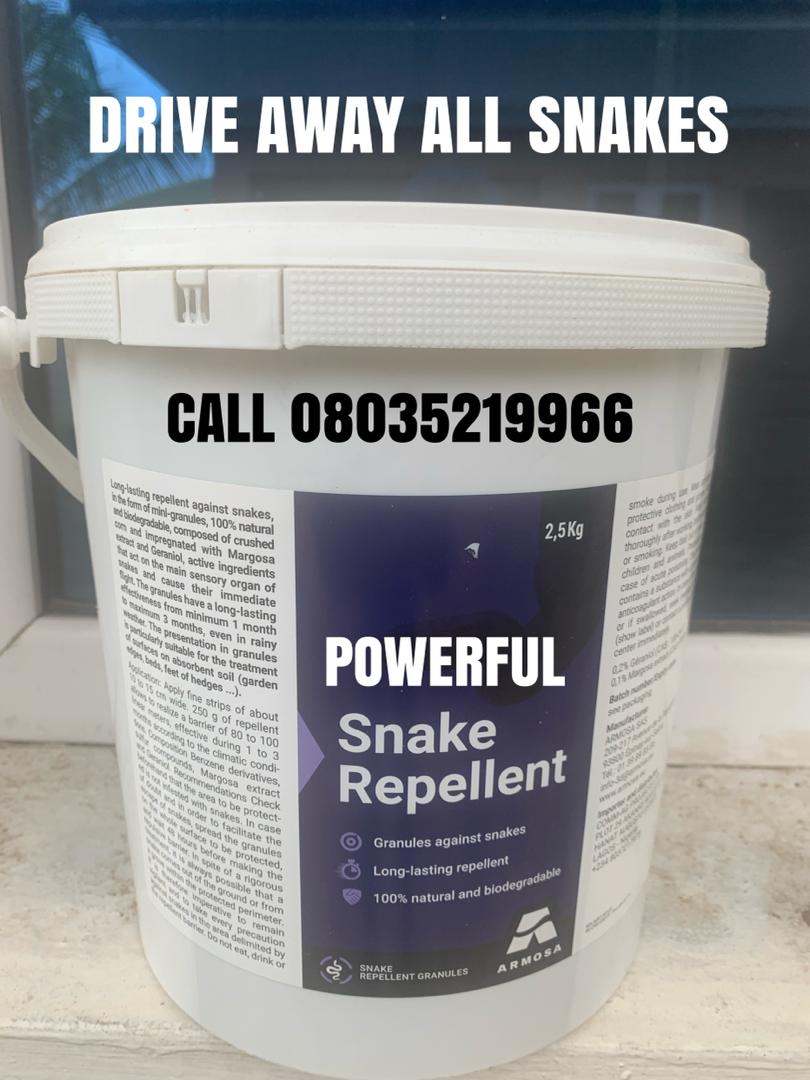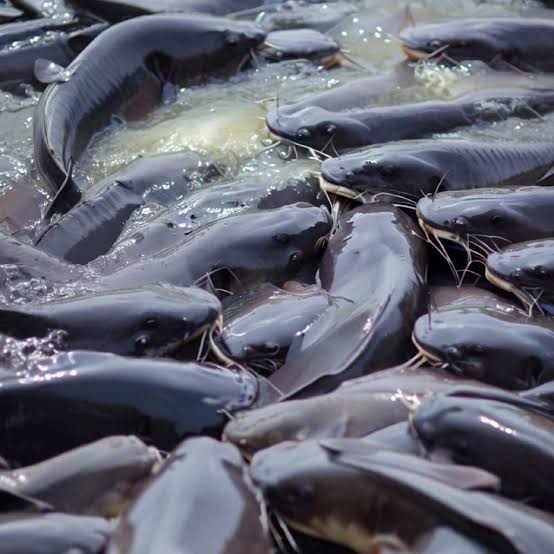10 ways to manage unpleasant odors in a catfish farm
1. **Adequate Water Circulation:**
Ensure proper water circulation within the catfish farm. Stagnant water can lead to the accumulation of organic matter, contributing to unpleasant odors. Implement efficient aeration systems to maintain oxygen levels and promote a healthier aquatic environment.
 Learn More
Learn More
2. **Regular Pond Maintenance:**
Establish a routine pond maintenance schedule to remove debris, excess feed, and accumulated waste. Regular pond cleaning prevents the decomposition of organic matter, reducing the release of foul odors.
3. **Effective Filtration Systems:**
Install efficient filtration systems to remove suspended particles and organic materials from the water. Mechanical and biological filters can help in breaking down and removing waste, minimizing the potential for odor development.
4. **Appropriate Feeding Practices:**
Practice responsible feeding by providing the appropriate amount of feed that the catfish can consume within a specific time. Overfeeding leads to excess waste, which can contribute to foul odors. Monitor feeding habits to avoid unnecessary waste.
READ ALSO Four cornerstones of success in farm business
5. **Biosecurity Measures:**
Implement biosecurity measures to prevent the introduction of pathogens that can contribute to odors. Regularly disinfect equipment, tools, and vehicles to minimize the risk of disease outbreaks that may result in unpleasant smells.

6. **Vegetative Buffers:**
Plant vegetation around the pond perimeter as a natural buffer against odors. Plants can absorb excess nutrients, filter runoff, and provide a physical barrier, minimizing the impact of odors on surrounding areas.
7. **Proper Waste Management:**
Implement effective waste management practices for catfish waste. Utilize waste as fertilizer for crops or implement techniques like composting to reduce the release of odorous gases during decomposition.
8. **Water Quality Monitoring:**
Regularly monitor water quality parameters such as pH, ammonia levels, and dissolved oxygen. Maintaining optimal water conditions helps prevent the buildup of harmful compounds that contribute to unpleasant odors.
READ ALSO 7 facts that are common with successful catfish farmers
9. **Innovative Pond Design:**
Consider innovative pond designs that facilitate water flow and reduce areas prone to stagnant water. Well-designed ponds with proper depth and bottom contours can enhance water circulation and minimize odor concerns.
10. **Community Engagement:**
Foster open communication with neighboring communities. Share information about catfish farm practices, address concerns, and involve the community in discussions about odor control measures. Building understanding and cooperation can contribute to positive relationships with the local community.
ATTENTION: Click “HERE” to join our WhatsApp group and receive More updates directly on your WhatsApp!
Implementing a combination of these strategies, tailored to the specific conditions of the catfish farm, can help effectively manage and minimize unpleasant odors, creating a more sustainable and environmentally friendly aquaculture operation.
🧩CREATED BY DR JOSEPH DEJI-FOLUTILE















